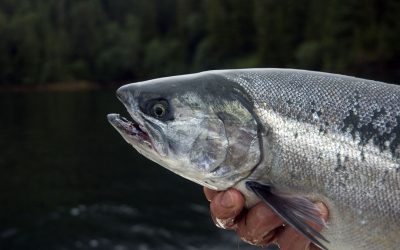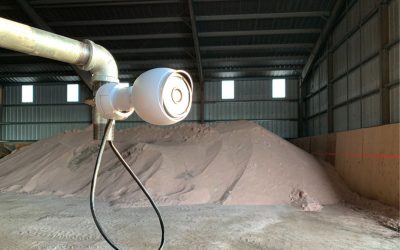Decoding microbial diversity with automated PCR techniques
An understanding of the microbial communities, colonising the gastrointestinal tract of production animals is paramount as it affects animal health and performance. Microbial ecology techniques can provide further insight into their affects on the host says Karina Horgan.
Traditionally, researchers have used culturing in order to investigate microbial diversity. However, in recent years the shortcomings of this technique, namely the difficulty of characterising microorganisms prior to their isolation in pure culture has driven scientists to seek culture independent, molecular techniques such as PCR based techniques. PCR techniques include: DNA reassociation, DNA–DNA and mRNA:DNA hybridization; DNA cloning and sequencing; denaturing gradient gel electrophoresis (DGGE); temperature gradient gel electrophoresis (TGGE); terminal restriction fragment length polymorphism (TRFLP); and automated ribosomal intergenic spacer analysis (ARISA). However, PCR based techniques are not without their own limitations. This article will examine the main advantages and disadvantages of the automated techniques TRFLP and ARISA.
Automated PCR techniques
TRFLP analysis is a PCR based community profiling method that is commonly used for comparative microbial community analysis. Marker genes are amplified with fluorescently labeled primers, followed by restriction digestion, separation and detection on an automated sequencer (Liu et al., 1997). An internal size standard, labeled with a different fluorescent dye, allows precise length assignment with single base pair resolution. With the 16S rRNA gene as target, obtained TRFs can be compared to the rapidly expanding sequence database of the Ribosomal Database Project (RDP; Cole et al., 2005), allowing predictions of the organisms present in the analyzed sample. TRFLP allows very sensitive detection and because of its high throughput capacity, it performs well in surveys with large sample numbers, e.g. Application of methods for identifying broiler chicken gut bacterial species linked with increased energy metabolism (Torok, V.A 2008), Molecular analysis of bacterial populations in the ileum of broiler chickens (Gong J. 2002). Automated ribosomal intergenic spacer analysis (ARISA) involves amplification of the intergenic spacer (IGS) region between the 16S and 23S ribosomal subunits, denaturation, separation and detection of the amplified products on an automated sequencer some what similar to TRFLP analysis. Only labeled IGS’ are detected and their length heterogeneityindicates the complexity of the community visualized by an electropherogram.
Different ribotypes
The position and height of individual peaks in the community profile indicate the presence and relative abundance of different ribotypes existing in a sample thus, giving an immediate insight into the richness and evenness of the target microbial communities (Smith et al. 2005). Peak position corresponds to the length (number of base pairs) of the peak-generating fragment. Fragment lengths derived from amplification usually lie in the range of 0–1500 bp. This intergenic spacer (IGS) region displays significantly more heterogeneity in length and nucleotide sequence than the flanking 16S and 23S ribosomal genes. In ARISA, size differences of the spacers are exploited for sub typing of bacterial strains or in cases where fingerprinting of ribosomal sequences does not provide sufficient resolution, this technique can differentiate populations at subspecies level (Kirk et al., 2004). ARISA has been used to analyze the genetic structures of several bacterial and/or fungal communities from samples of freshwater, bacterioplankton, different soils and intestinal micro biota of turkeys and has allowed an accurate estimation of community complexity, detecting from 38 to 232 peaks per profile.
Feed additive effect
Bio-Mos® has been shown to alter microbial populations in broilers where significant differences in population diversity were noted. When the product was supplemented at two different inclusion levels and caecal samples were taken from broilers every seven days over a 42 day period. Assessment of ARISA via MDS plot analysis indicated that a clear separation of microbial groups was evident; in fact it was possible to distinguish bacterial patterns which were unique to each treatment group, with this trend being consistent for each sampling day. Although only 150 microbial species were identified in each sample using ARISA analysis; these 150 species consisted of up to 10000 individuals thus allowing us to look at a much larger community than had been achieved with pervious PCR-DGGE studies.
Source: FeedMix vol 18 nr 1, 2010











